Photo Blog by Laura Shummer Nomadic Hands Intern
January 2012

“Maayong aga, good morning! Jack fruit!”
It was 6:45 in the morning and I had just crawled out from under my mosquito net that was attached to tiny children’s chairs, grabbed my toothbrush and water bottle and opened the door of the day care centre we had slept in. And there she stood, this white-haired lady. Holding the biggest fruit I had ever seen, smiling at me and saying “Maayong aga, good morning! Jack fruit!” Was it perfect timing or had she been standing there waiting for us to open the door? I don’t know. But naturally we let her in. The lady knelt down on the ground, and chopped away with the large knife they also use to open Buko (coconuts) with. Buko (coconuts) with. Jackfruit for breakfast!! Ramke and Simone crowded over her devouring every piece of Jackfruit as soon as it was liberated. One eats the soft little yellow pieces of fruit inside the big hard green shell of Jackfruit. It tastes sweet, a bit like vanilla, but has a vinegary kick…
This is the indigenous community that Simone has been working to get to for over a year. We were supposed to go in a week earlier, but administration got in the way, the partner organisation needed to get more OKs from more institutions etc. So, when this time we got the go-ahead, spirits were up in our little Nomadic Hands team!
We packed our backpacks, took a tricycle, then a bus, then waited outside the mayor’s office in Silay for 1 hour for Caryl Ann from the partner organisation Bantay Bata, then waited another hour for Miss Melina from the council for the indigenous communities. We got in the private jeepney at around 10:30 (the workshop was supposed to begin at 10.00, but this take on time is normal here, they say), and headed off. First along a road, past the airport. Then along a dirt road past, sugarcane plantations.
Then we stopped and loaded in some people at the tribe chief’s house.
Then we bounced up a rickety dirt road as far as the jeepney could take us.
And then we got out and hiked the rest. About 1 km. On a path through amazing landscapes. Up a hill, across a ridge, down a hill, up again and then we reached the school of the community. Everyone was there, kids were staring at us, and we were ushered past classrooms to the largest hall of the little complex. This was where the workshop was going to be. The attendees who had come in the morning had been sent home for lunch in the mean time, so we settled in, arranged the chairs in a big circle, and prepared some lunch with the veggies we had brought. All the time we were being watched, and helped.

Fresh Buko – it is all we need
So the way the workshops run is that Simone talks and facilitates, Caryl Ann translates it all into Illongo (not only the language, but she also gives examples the community can relate to). The workshop is on ‘creative social entrepreneurship’; the basics of business, business with care – how to make myself a living that won’t harm me, my community, my culture or my environment.
Simone uses creative moments, has people draw a lot, plays music etc. It is ambitious, but I think it is good. And from the reactions of the people attending, the basic message seems to come across. Yes, they agree that life in the busy city (which many aspire to) may not be better than living in nature where you, in fact, have it all. Honour your environment in your business, make THAT your business. I think we should ALL think about that.
Which is where I came in. While we were preparing this I told Simone about the ‘trend’ going on in the ‘Western’ worlds, how companies are developing Corporate Social and Environmental Responsibility schemes, designing their business to be the best possible actor (well, at least they are doing the minimum to be able to sell the point; but even then, every little counts) and why this is happening. It is because the consumer is becoming more and more aware of the impact on life and nature that business and production have. And with this awareness we, consumers, are starting to look for the ‘least harming’ when we chose what we consume…
I think this is where I may also have come to be useful to Simone. I come from the place that she is trying to tell people not to copy blindly. I come from the ‘big bad’ west, I know the industries, I know our lifestyles. And I know of some trends she doesn’t know of – which happens when you leave a place, you just lose touch. So I agree that focussing on the ‘unique’ and ‘real’, and making just THAT your business is, actually, hopefully, what the consumer might, and should, be looking for. I also mentioned eco-tourism and glamping, how people in ‘the west’ are now more and more looking to be least damaging for and to connect more with nature when we travel. Because one of Simone’s suggestions is for this community to consider setting up an eco-village in the future, build mud huts, offer the experience of nature, earth music, indigenous culture, crafts and even add a spiritual note to it.
The whole two days pilot workshops went well. There is a lot to work on, a lot to tune down. As previously said, it is very ambitious, but the community likes it. And the partner likes it. We had a very good meeting with Caryl Ann when we were back in the city – now that it is concrete and happening, they are drawing up a memorandum of understanding which will be signed by all partners (including administrations) and it will also facilitate finding funds. Also, they asked for Simone to train some trainers so that the workshops can be more fluent if they are held in IIlongo directly. This is what she had hoped for, for them to take ownership. This is all good
I have gotten comfortable with ‘simplicity’, which I am happy about. I know that the luxuries which we have actually come to see as ‘basics’, are, ultimately, really bad for our planet. This community here lives without water or electricity. They lug their water up in barrels, they have a generator in the school that they turn on for one hour a day to make the computers work. They have 11 computers that were donated to them (only a few of which work). Actually, they are looking for funding for a solar panel that could have the PCs operational. I also think they should collect rainwater, it rains plenty here, but for that they also need funding. However, with the workshops they may be able to come up with solutions for that.
The thing is, life without running water or electrical sources to tap into whenever you want it, is actually very full and utterly relaxing.
Without electricity, you eat before it gets dark. We prepared our salad while the teachers, who live here during the week, cooked their rice. The villagers go home in the evening. One kid told me he walks 3 kms to school, over a mountain and through a river, every day – they all live really spread out. Proper far away.
Dinner was good, after that we moved into our quarters. The day care centre. The lady who brought us the Jackfruit the next morning had actually offered to sleep there with us, which was an offer of generosity that threw us all aback. We said we’d be fine, she should go home to her place and family. The teachers spared us some mattresses from their camp beds, so once the mozzie-nets were up, we had a pretty nice little suite.
Before bed we walked up a little hill next to the day care centre. There was a clearing in the dense green of coconut and banana trees and all the other lush big greens that grow in this tropical climate. Ramke suggested a bonfire, and the few kids that were there went off for wood. Soon enough the teachers joined in, the lady who brought us jackfruit and some others. Ramke brought out his drum and guitar, the locals brought fermented coconut (the local alcohol), it was a really nice moment. The jackfruit lady taught Ramke a tribal rhythm that her grandfather used to play, but that nobody knows anymore. She doesn’t have a drum. He was impressed.
And you see, these are the things!
The talent and ‘raw’ material is right there! They have the sense of customer care, probably more so than any ‘customer care’ professionals – because it is intuitive goodness. And they have their local culture. An own beat! Bring the lady a drum! Show her how to make drums, and visitors could jam away with her under the starry nights of Negros!
Simone and I had a good girlie chat and laugh in bed that night – at one point Ramke pssht-ed us; we are getting to know each other now in a way where we can laugh easily with each other, we are starting to get each other’s humours, feel comfortable. Its good, I like that, it makes it all even more fun!
The second day was another good one. We only got the morning for the workshop, and less people. Wednesday is market day, they need to sell their produce. We’ll know for next time.
As we were packing up our things to leave, Jean, one of the teachers, called me into her classroom. She said the kids where too distracted for class, so maybe I could just come in and answer their questions.
I had just applied sun protection and insect repellent; it was the usual 30 degrees outside, so you can picture me, I looked particularly sticky in that moment. That is how I made my entrance, I apologized for my shiny skin, but explained that I needed to put special cream on it to protect it from the sun that is too strong for it. One boy said, in IIlongo, that he had never seen anyone like me.
Hmmm. Yes, I guess, if you don’t have tv, you walk for two hours through nature to get to school, then I guess yes, you may never have seen anyone like me, pink skinned and blonde. We continued, they asked questions in their language, Jean translated. They wanted to know where I come from (we looked at the globe, all there was, was the usual three letters LUX covering a dot – my country is too small to put the name in), what its like over there and if I was married (everybody wants to know that). They sniggered a lot, other kids crowded at the windows to watch. I felt like Lady Di. This was fourth grade. They learn English from a very young age, it is a national language in the Philippines (which makes it rather easy to travel here). Yet these kids needed translation. I asked them if they understood me, some nodded, so I encouraged them to keep it up, they were doing really good.
Later on it occurred to me that maybe they have never heard anyone but their teachers talk English to them – by bringing people up to the community, these workshops will really bring a lot more than the workshops alone.
Halfway through my ‘intervention’ Ramke strolled out of the comfort room (that is what, ironically, they call the toilets here – it was in the classroom, and with an open ceiling) – he later said that he’d heard the girls whisper to each other that ‘she’s so pretty’.
I’ll finish on that note.
Click HERE to view further information about the ‘Connect, Create, Conserve’ project.
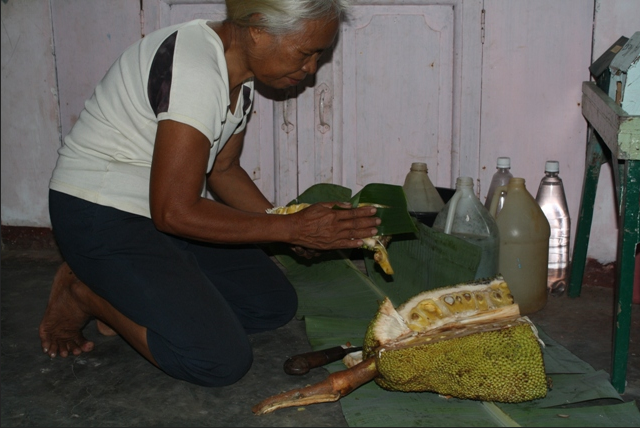
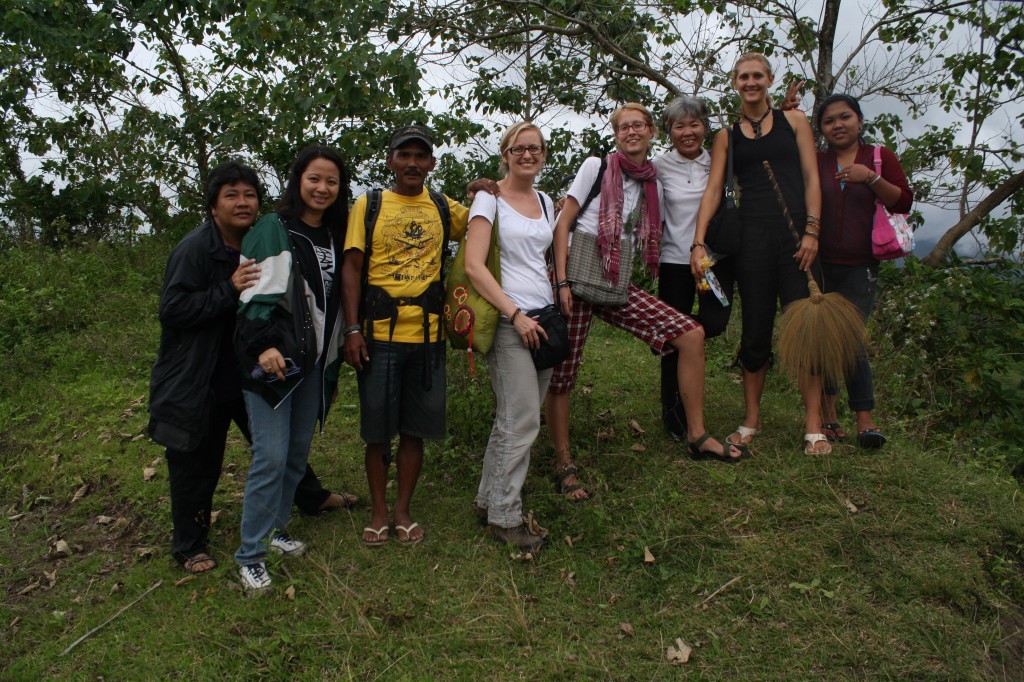
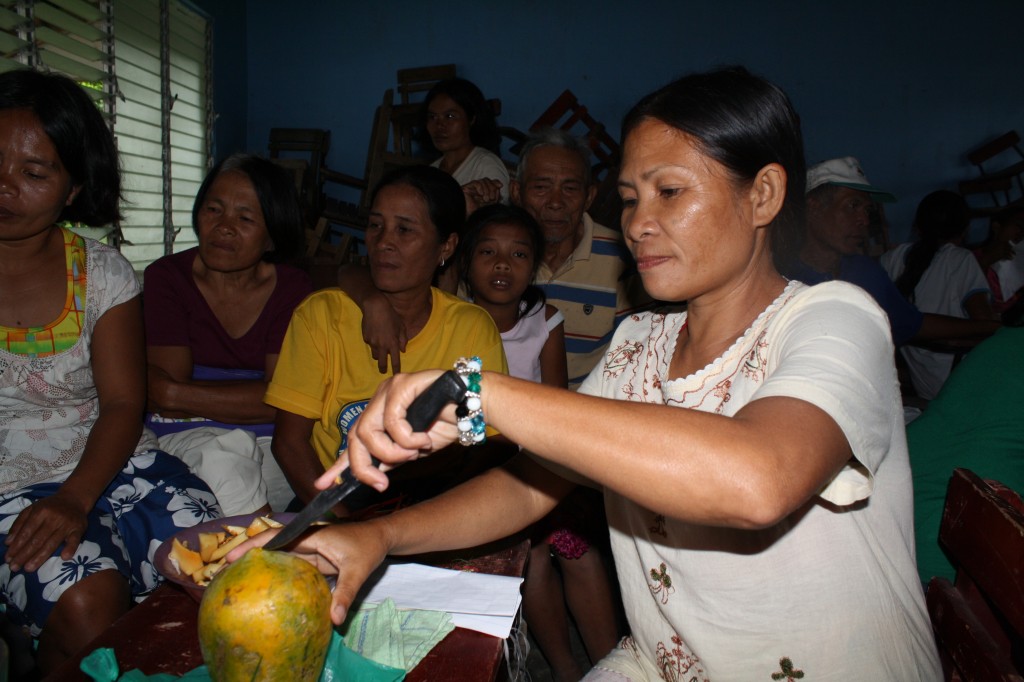
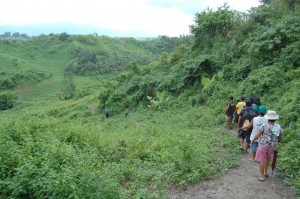
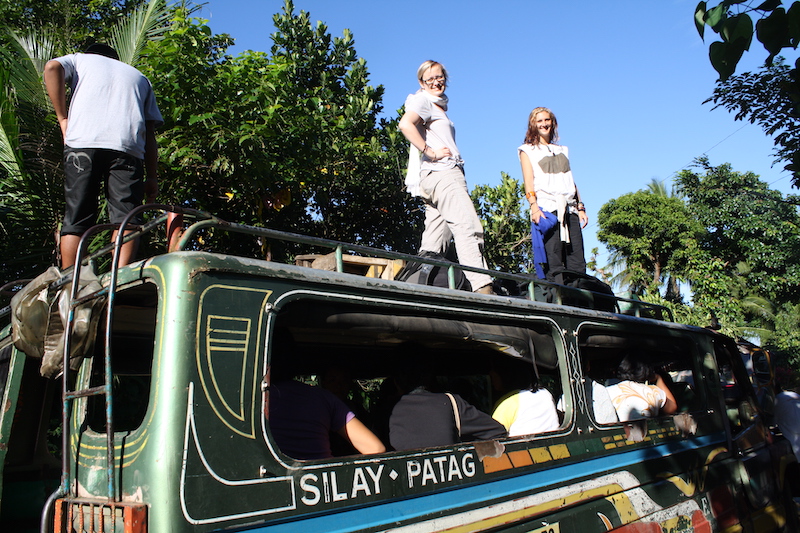
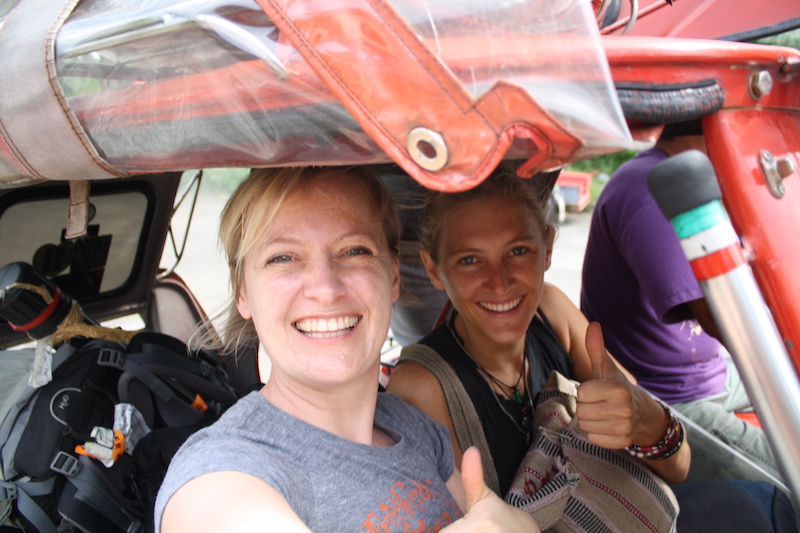
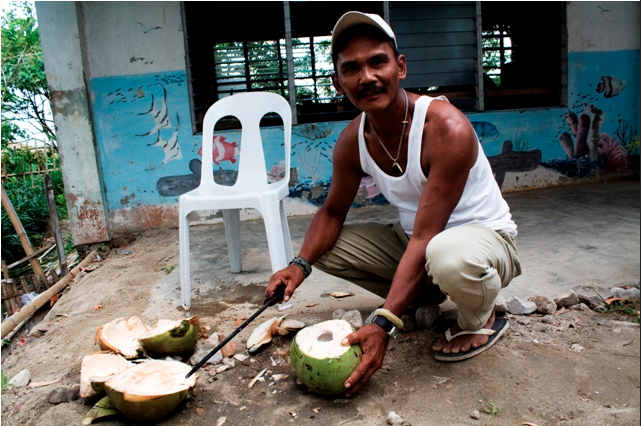
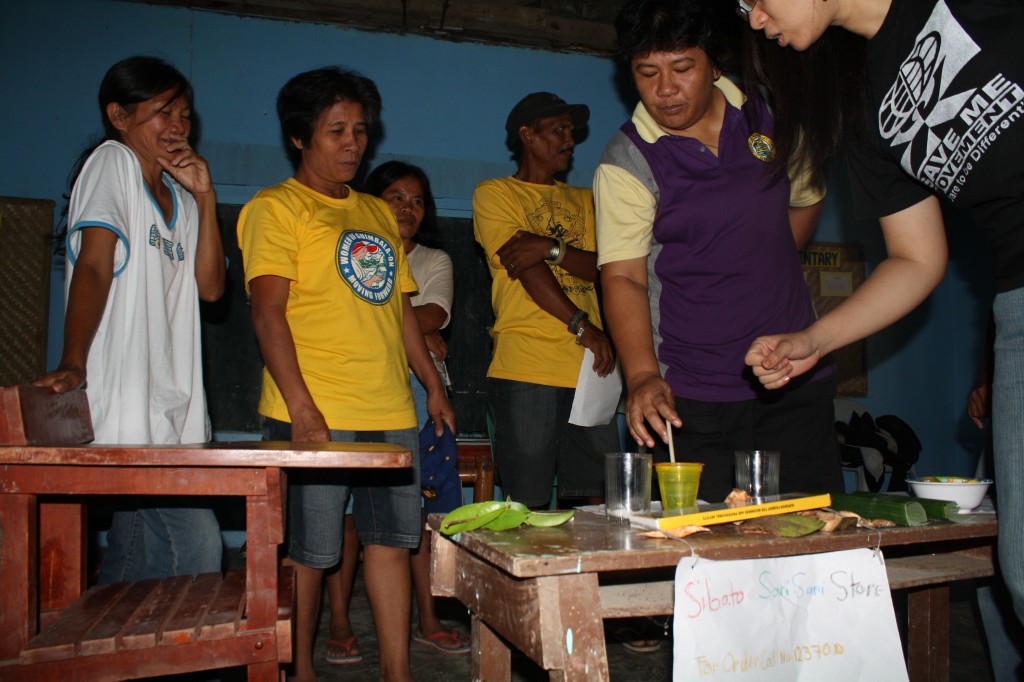
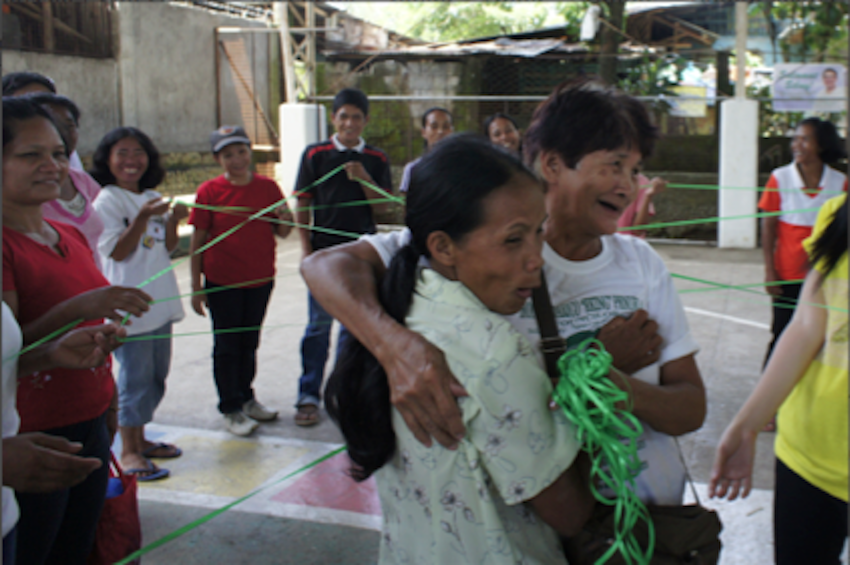
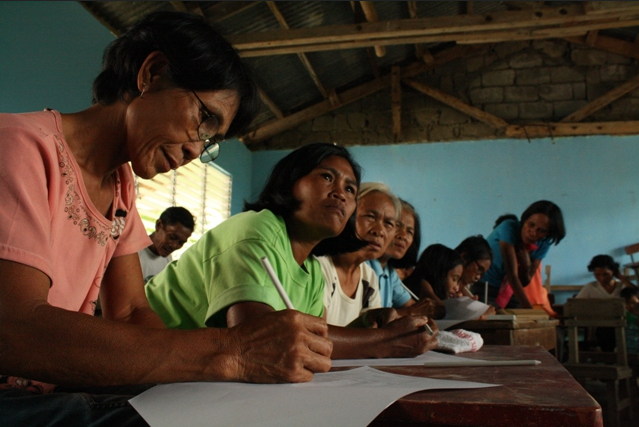
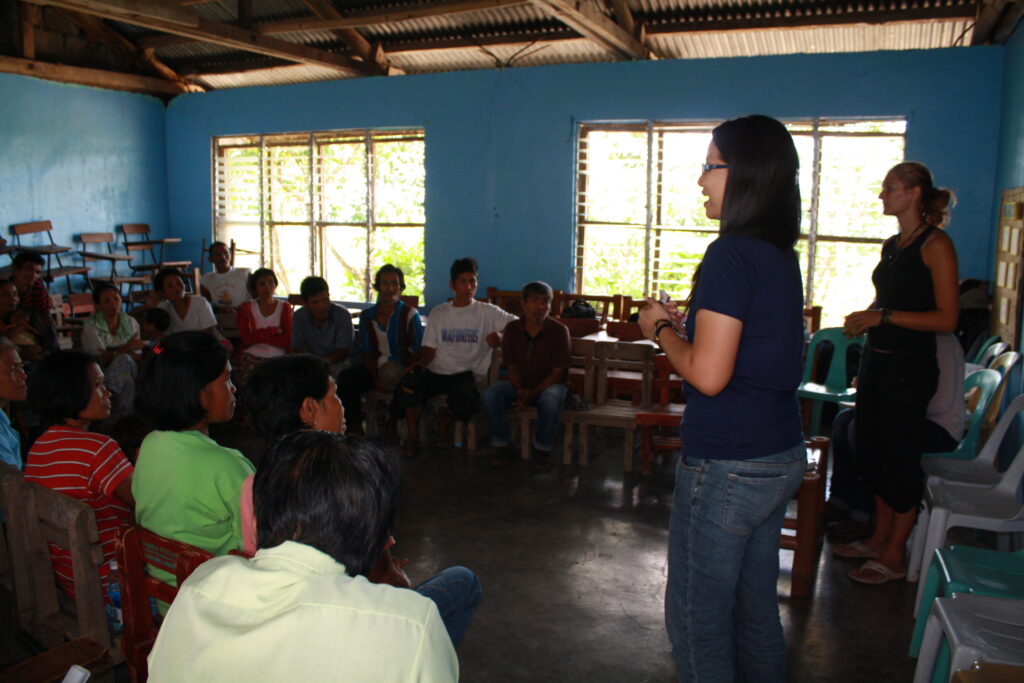
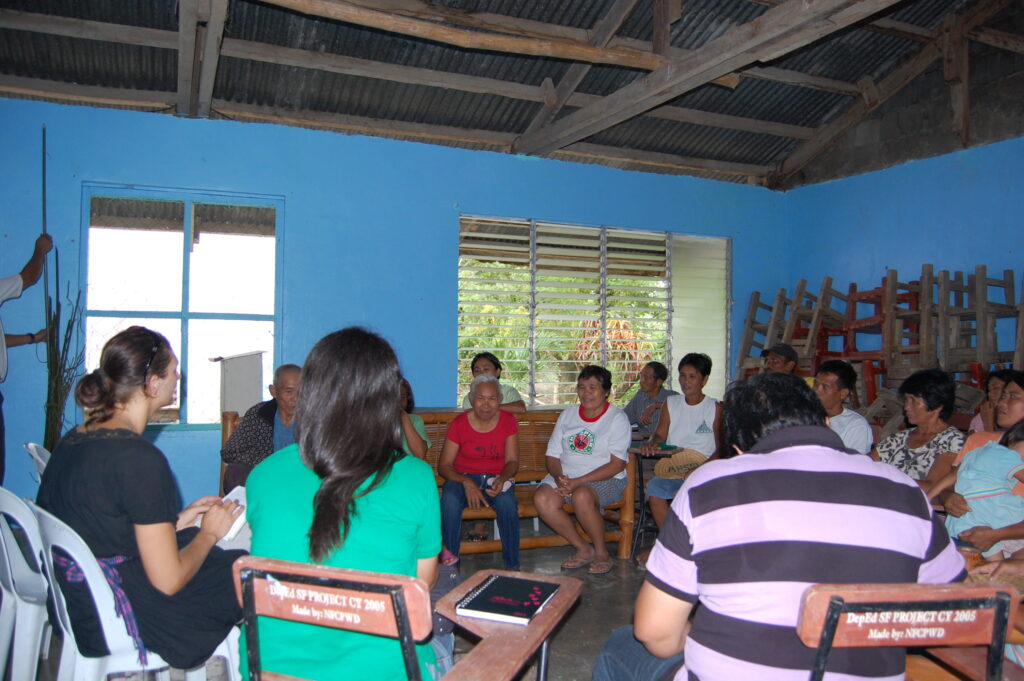
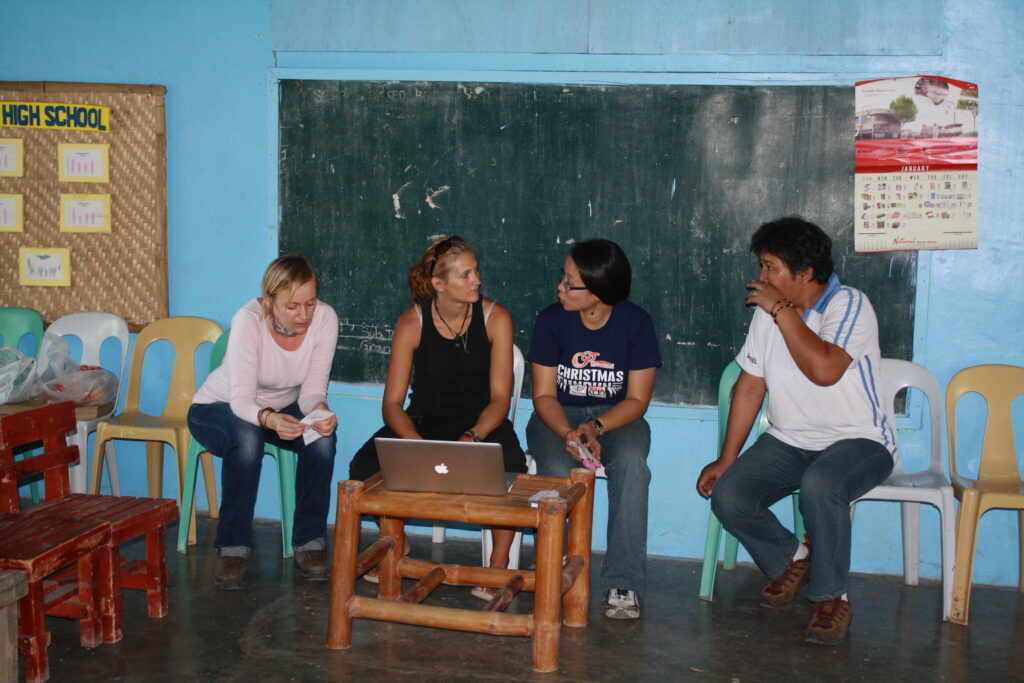
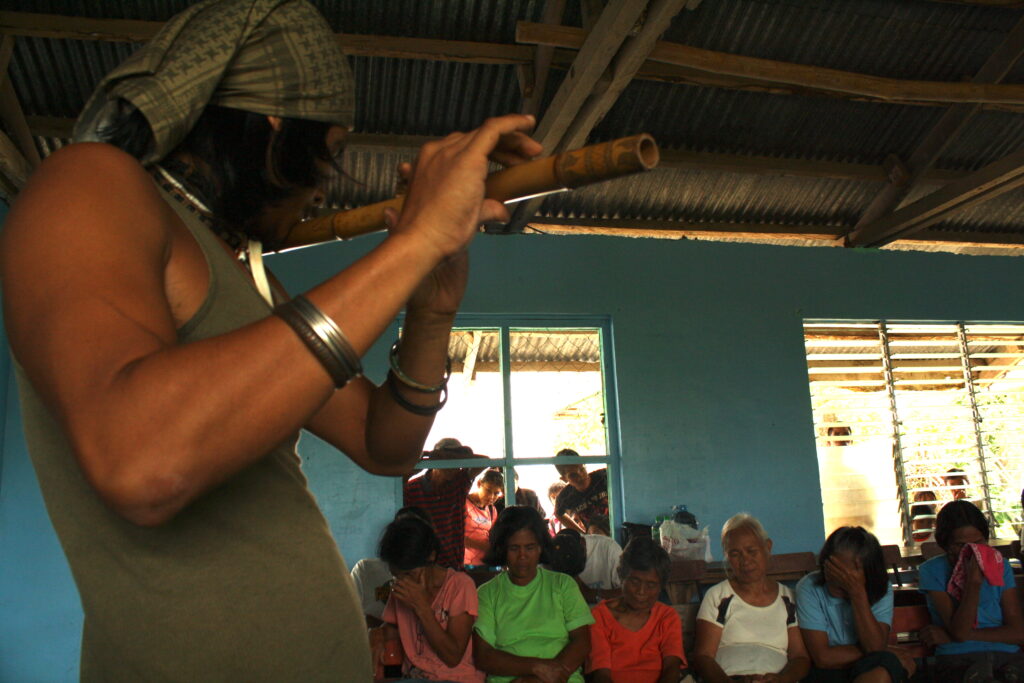
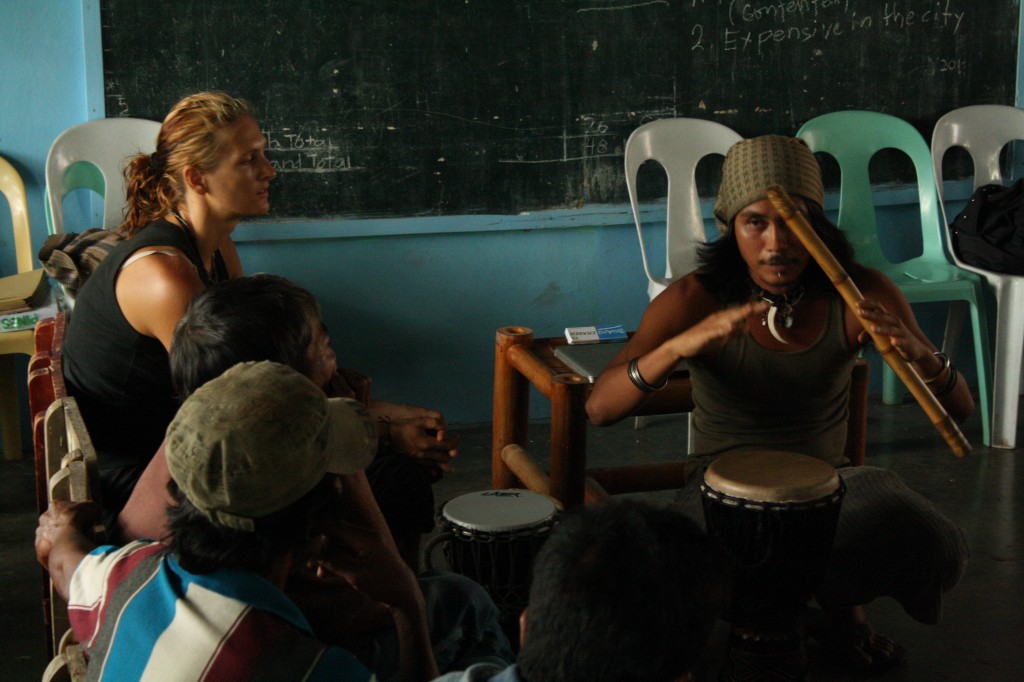
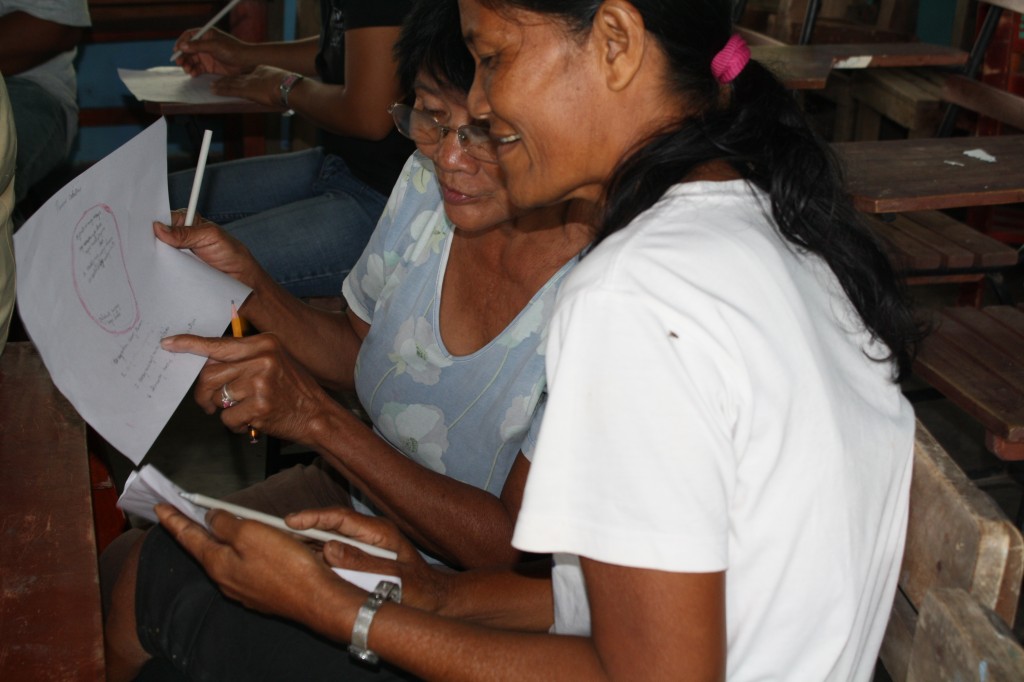
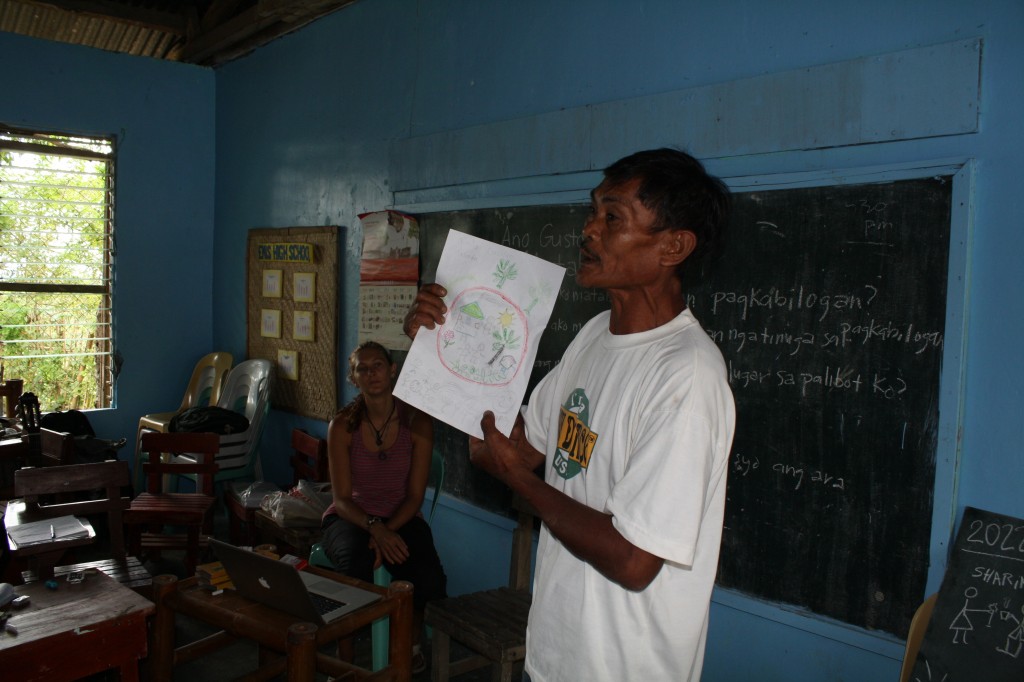
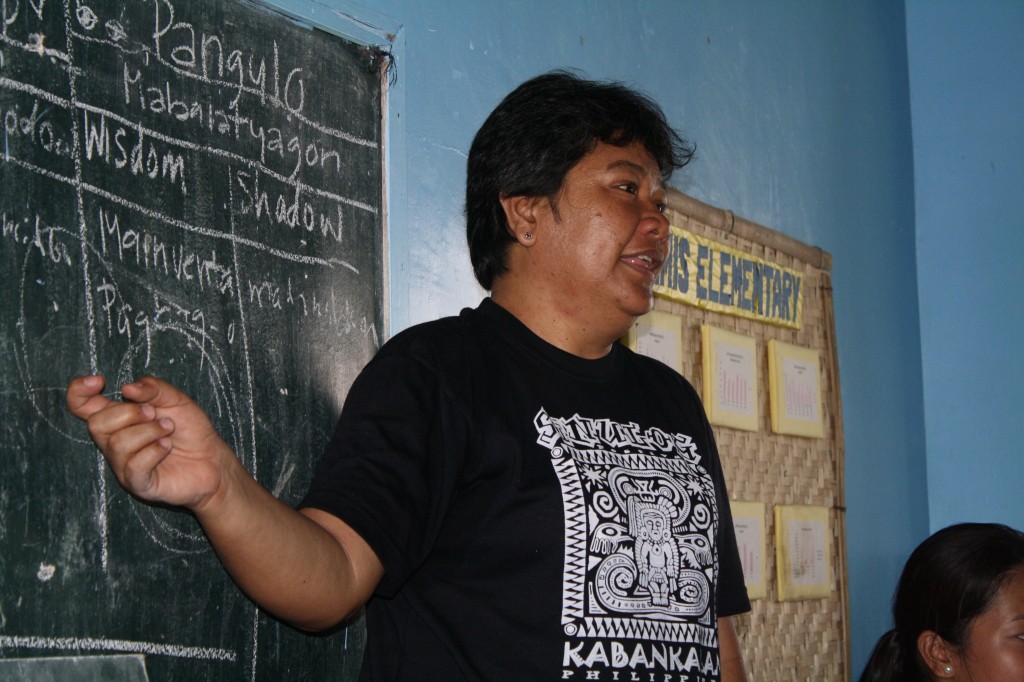
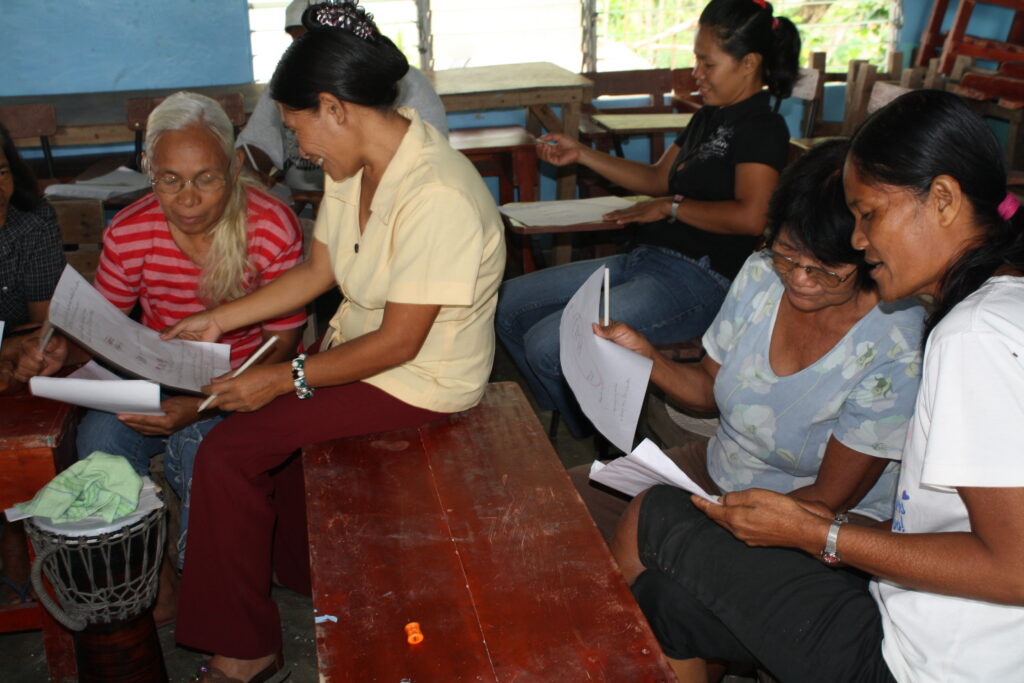
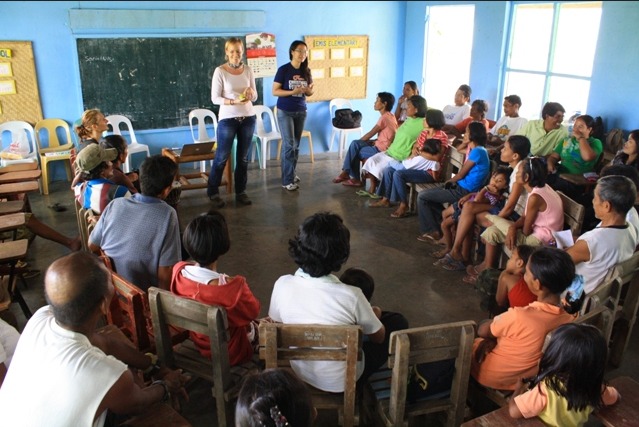
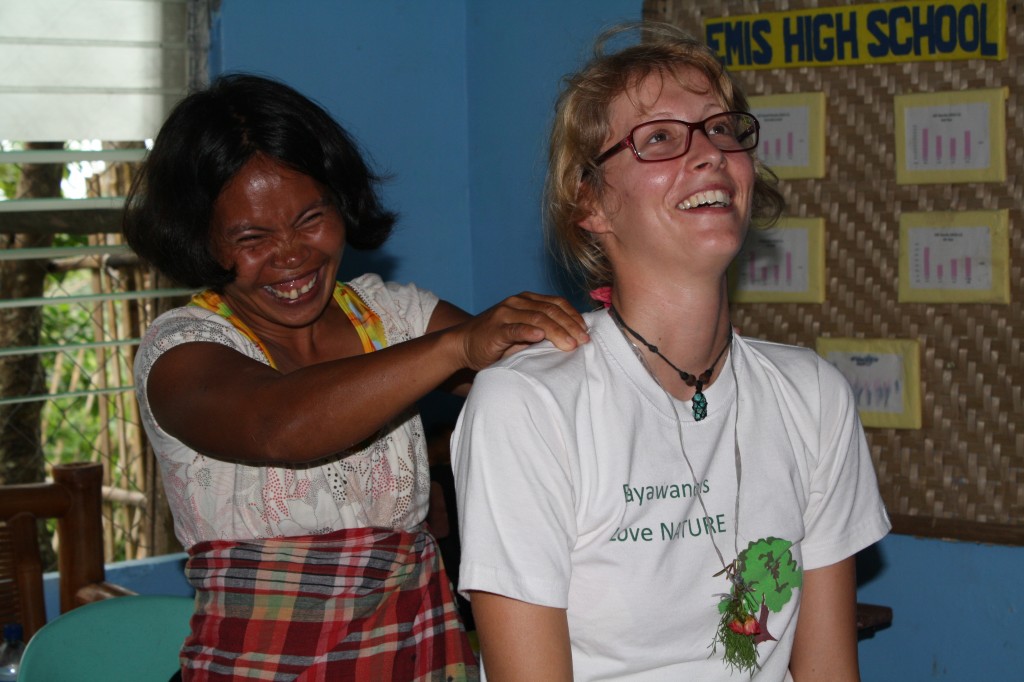

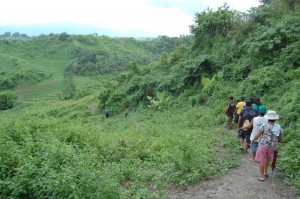
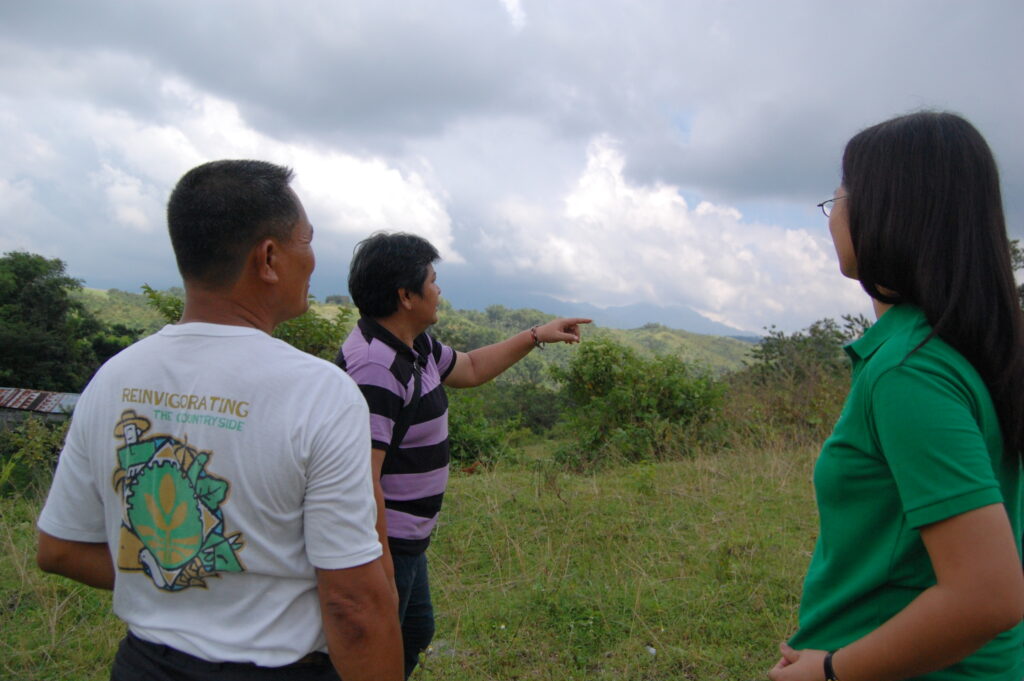
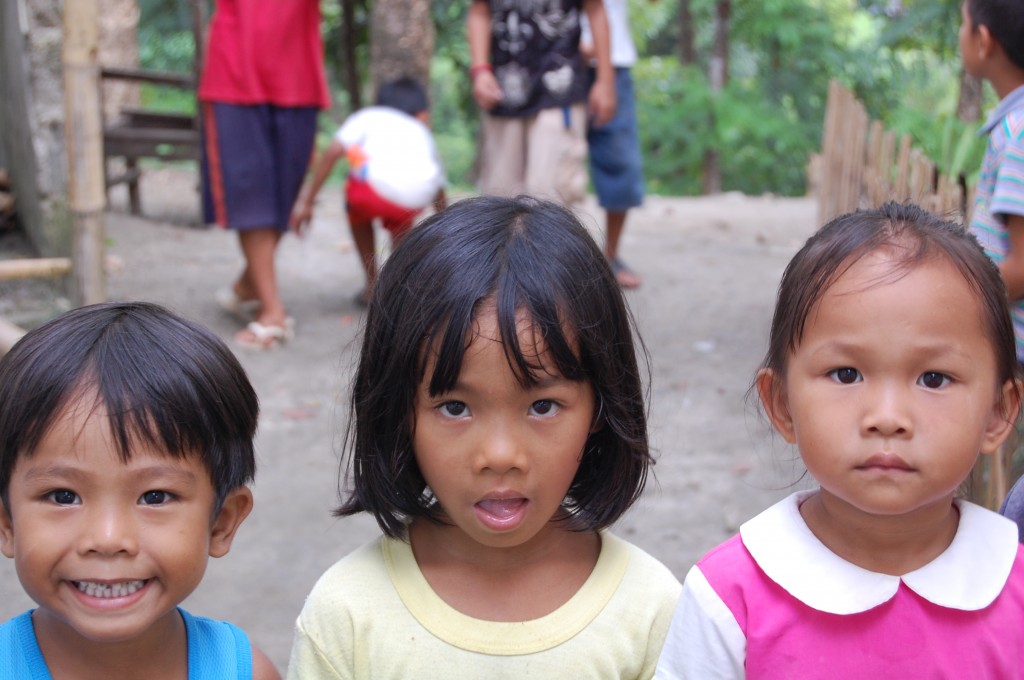
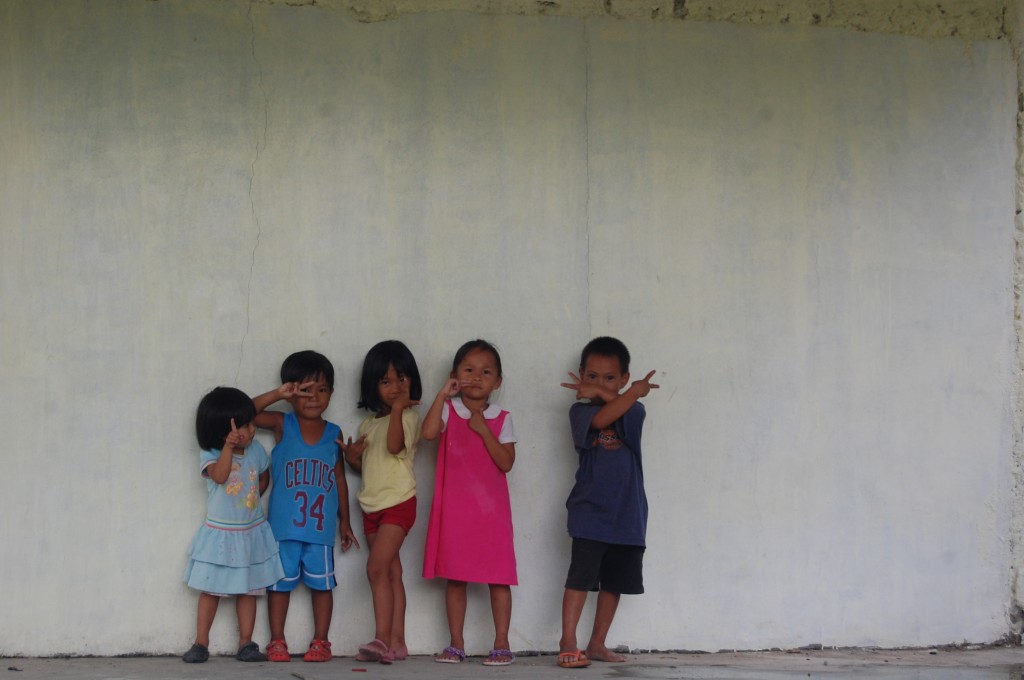
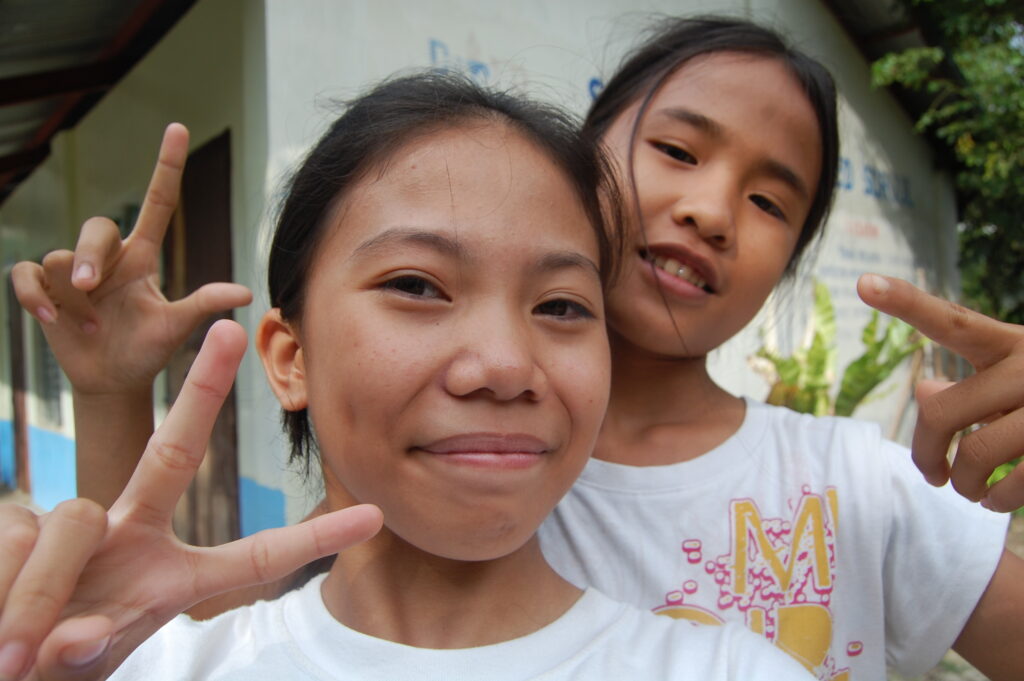
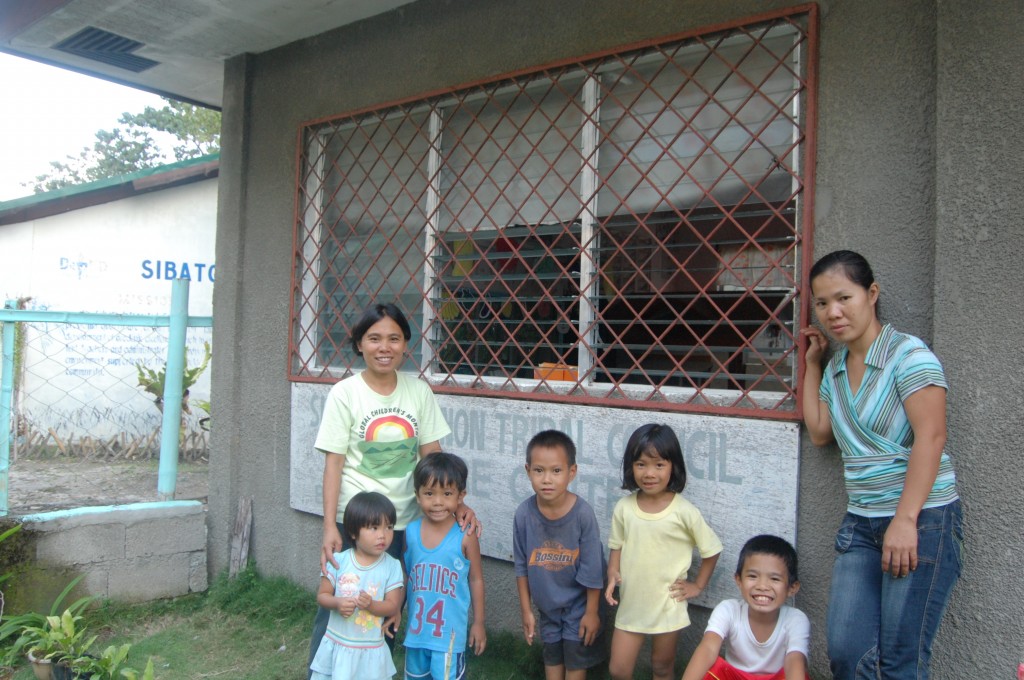
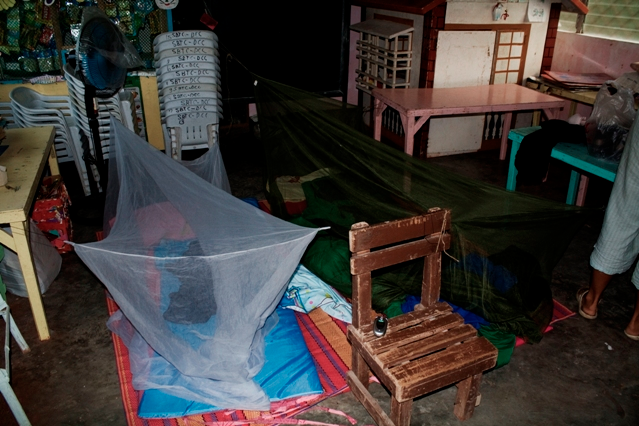
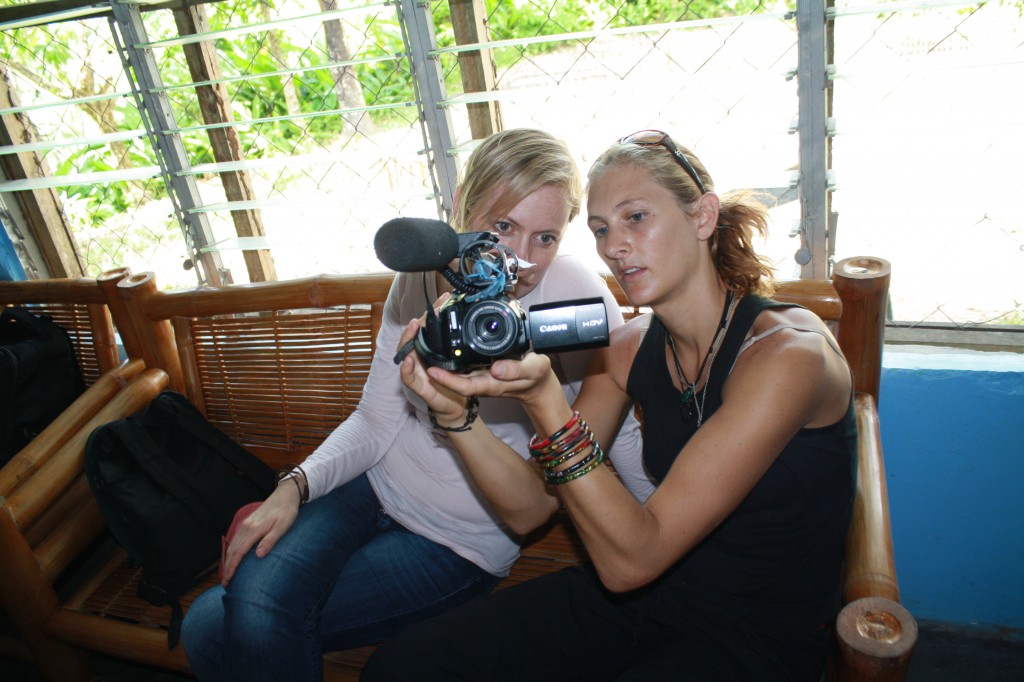
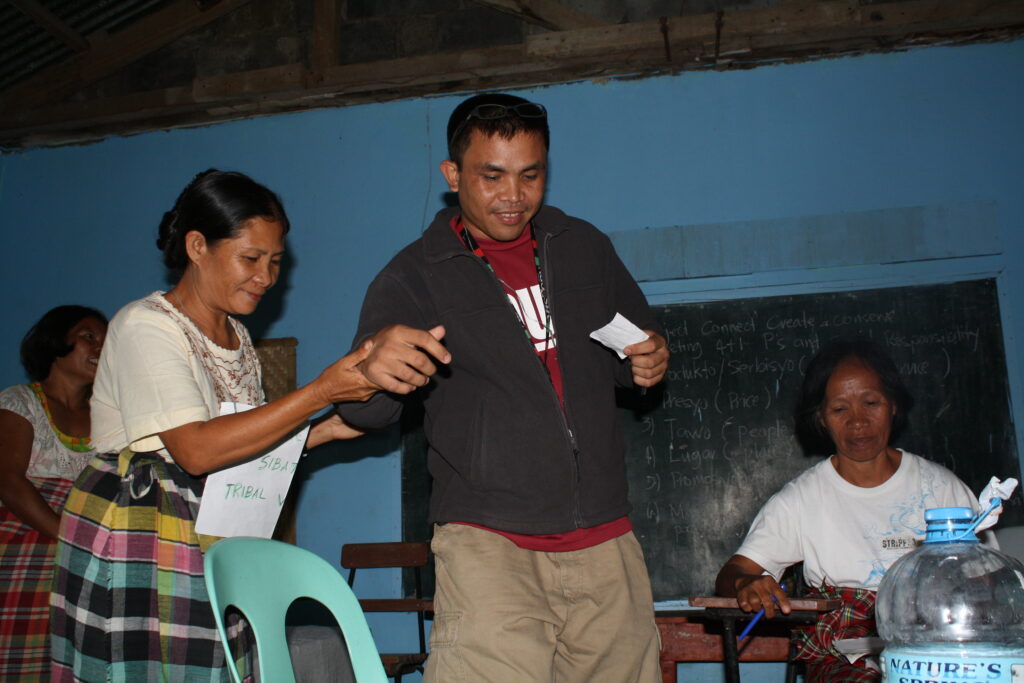
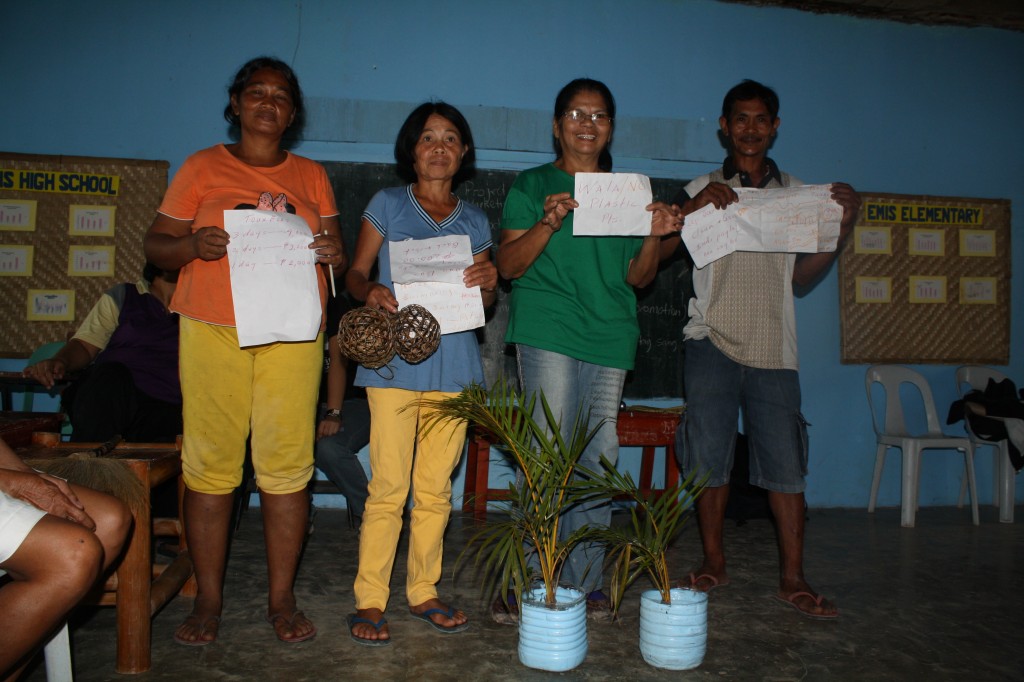
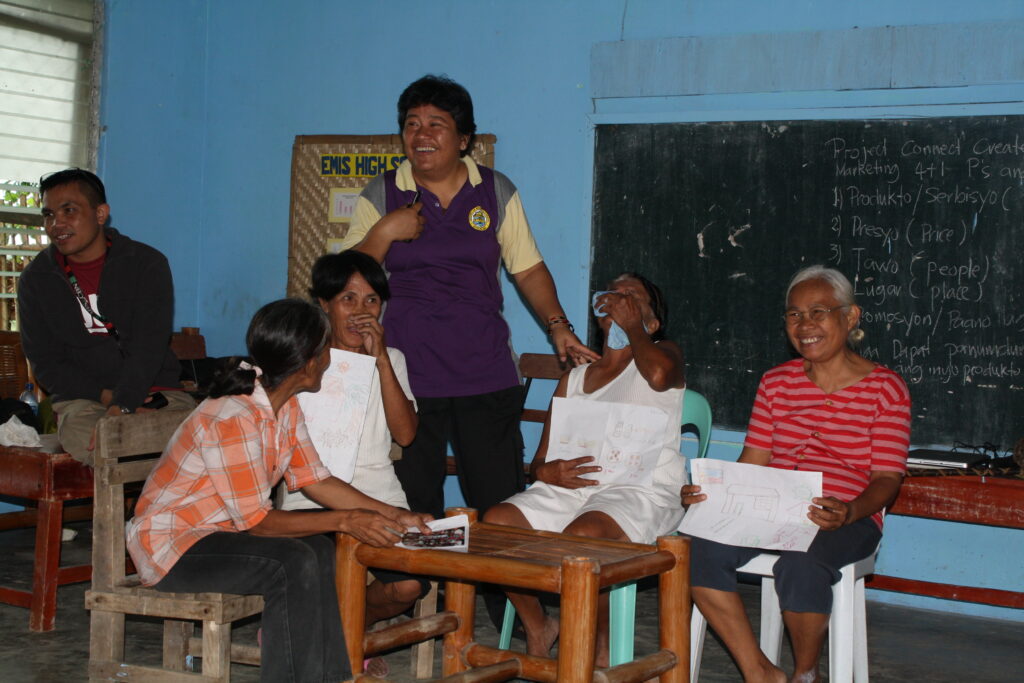
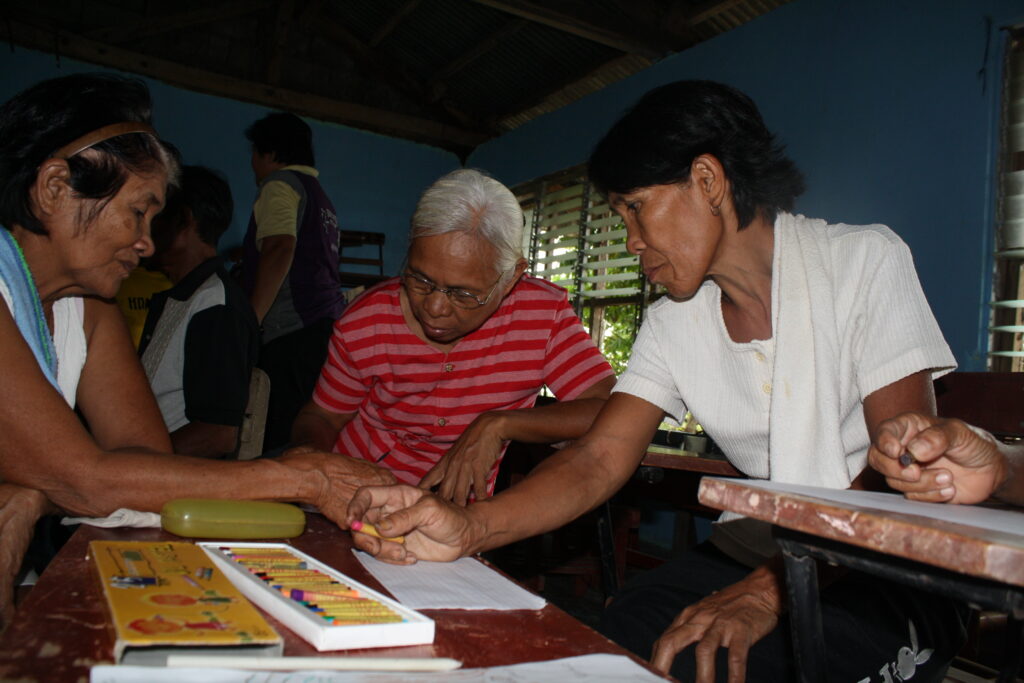
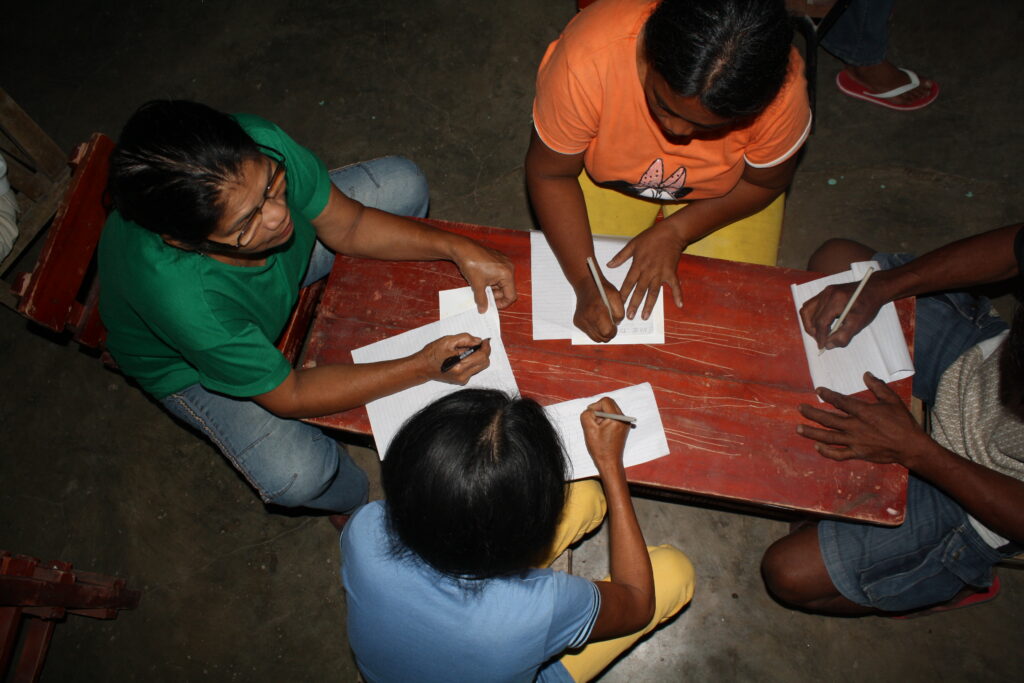
Recent Comments